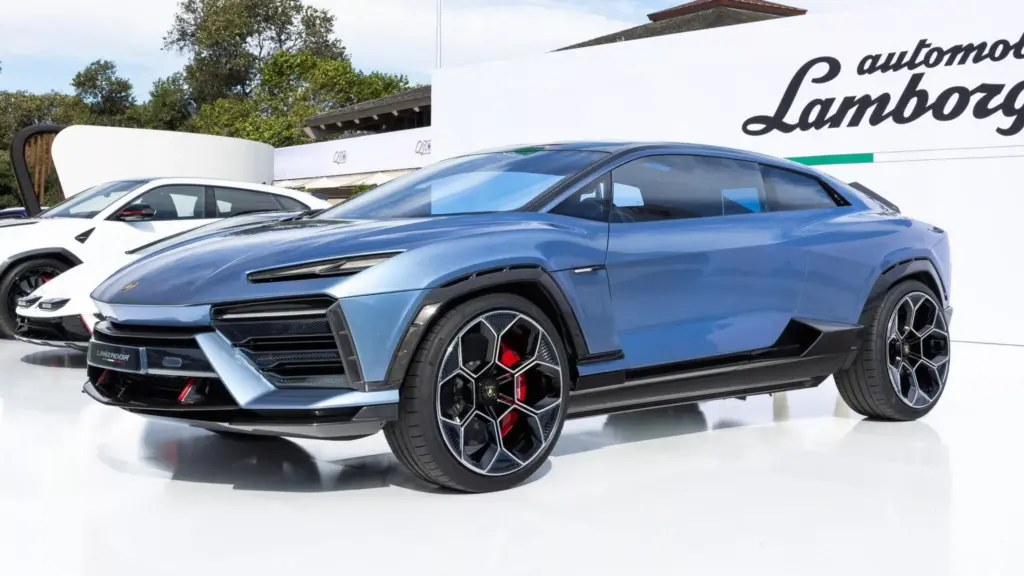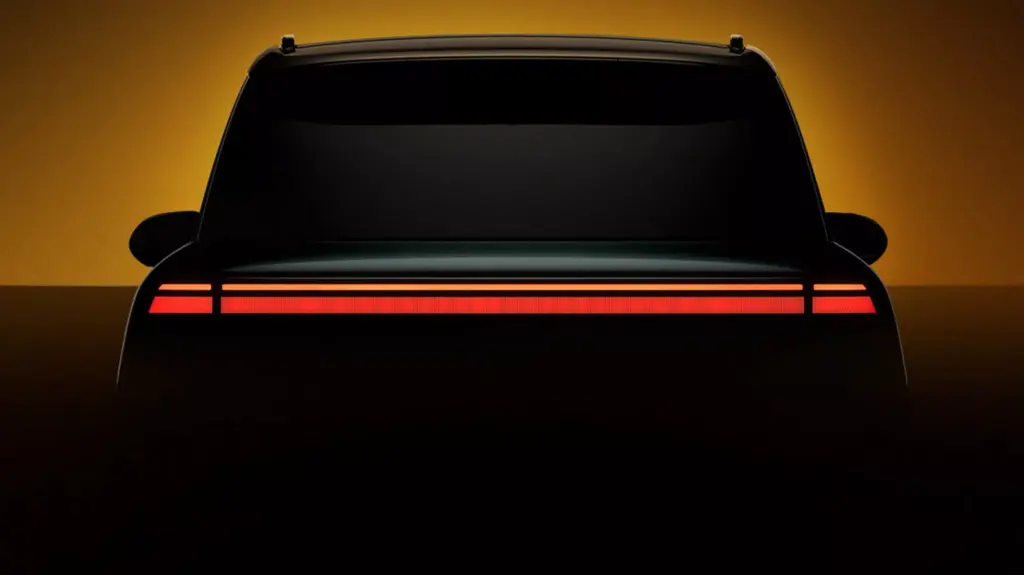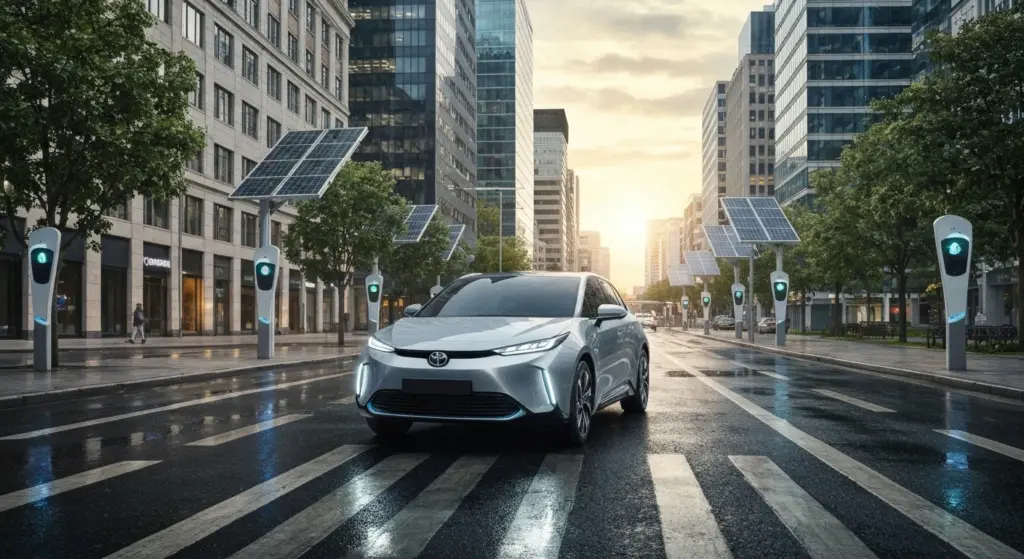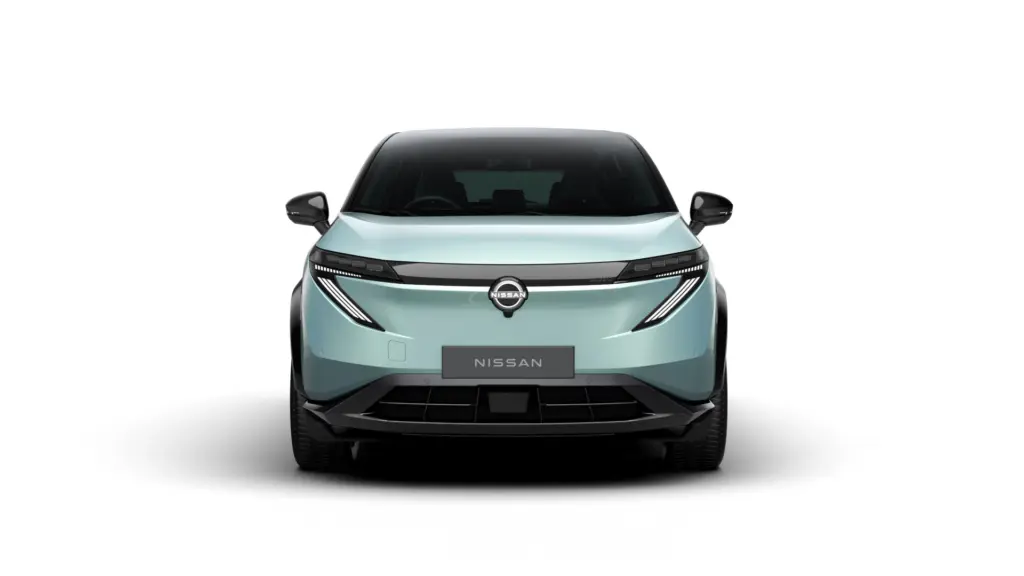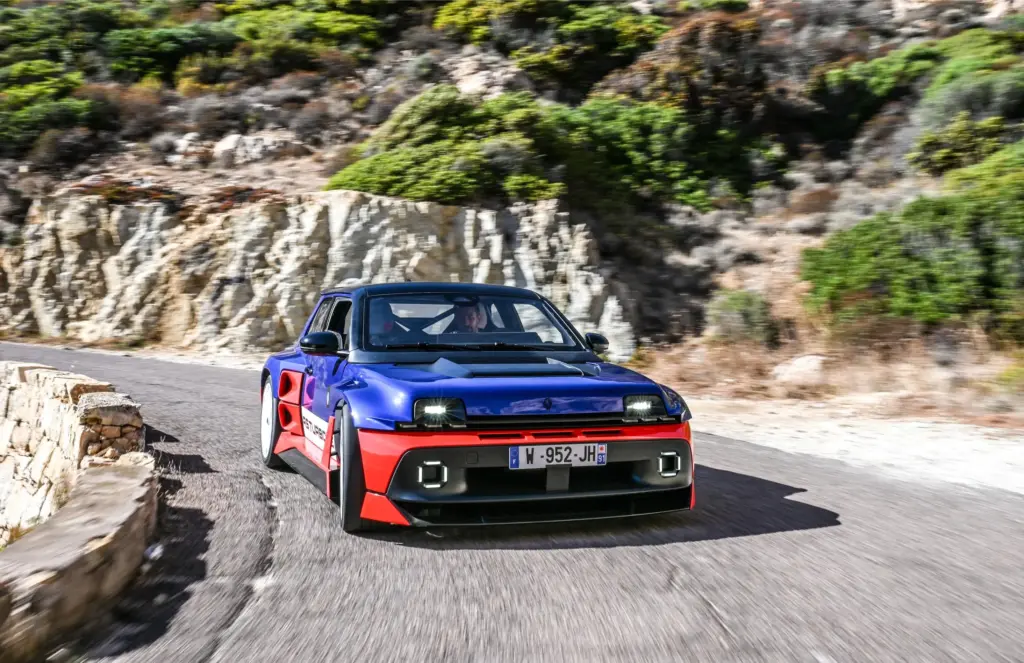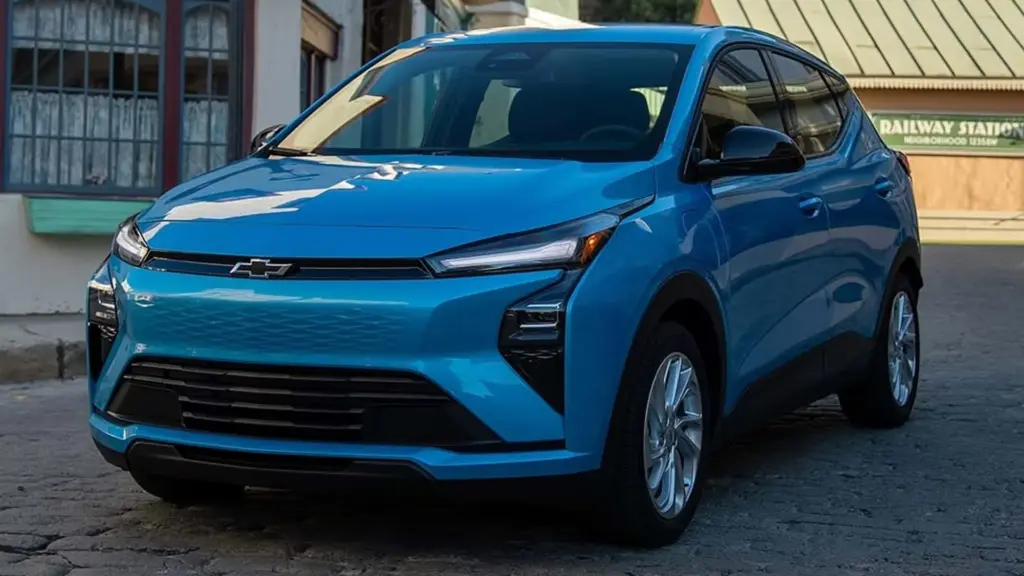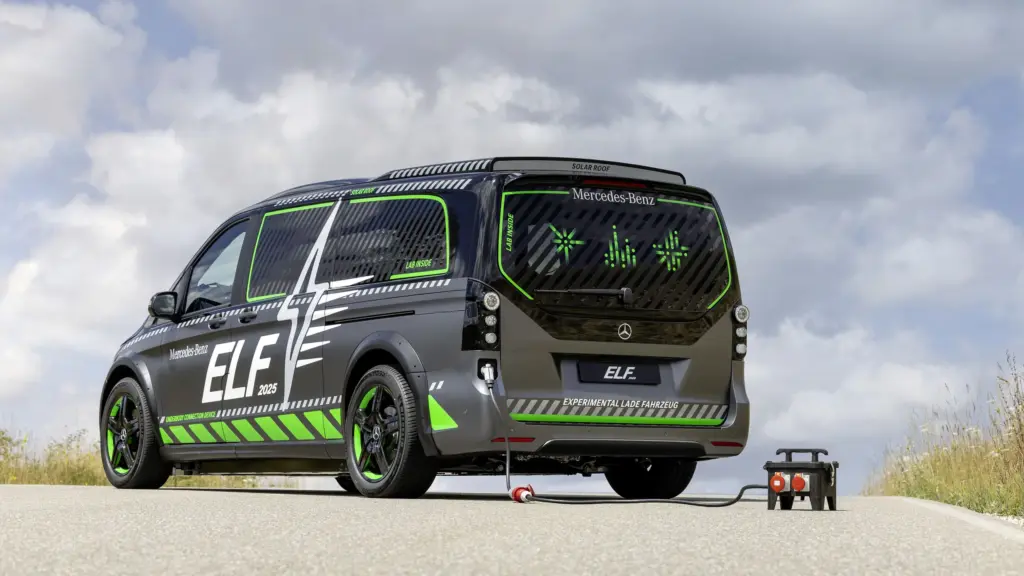If a hypercar has no soul, I pass. The Garagisti & Co GP1 arrives like a slap in the face to empty numbers: naturally aspirated V‑12, 6-speed manual transmission, and 800 hp in 1,000 kg. It’s the recipe that purist enthusiasts have been begging for — no fluff, no nonsense.
Does the aspirated V‑12 in the GP1 deliver what it promises on paper?

At the heart of the GP1 resides a 6.6 L naturally aspirated V‑12 developed by a competition engineering team, screaming up to 9,000 rpm with over 516 lb‑ft of torque. No turbo, no hybrid — just linear response and a mechanical sound that’ll give you chills — damn, that’s what I’m talking about. And yes, it’s the perfect counterpoint to the silent spectacle of electric hypercars, like the 2,976 hp hypercar mentioned in the YangWang U9 Track Edition.
With 800 hp driving only the rear axle, the power-to-weight ratio is so good you could swear at it. The goal is sensation, not just stopwatch numbers — although the figures must be brutal. To handle the task, the GP1 uses elite components in its brakes and suspension; looking for a solid reference? The standards come from global suppliers like Brembo, which speaks volumes about track consistency.
Is a manual transmission and rear-wheel drive still relevant in 2025?
Short and blunt: yes, dammit. The GP1 uses a six-speed Xtrac longitudinal gearbox with dry clutches, right to the bone — no boring paddles. When I read “tactile shifting and engagement” and see the Xtrac badge, I know the experience will be enthusiast to enthusiast.
Rear-wheel drive with a manual in a 2,200-pound platform means pure communication. And if you want a modern counterpoint, see how lightweight hybrids win on set-up, but not feel — like the McLaren Artura 2026, which leverages its weight to its advantage but doesn’t deliver the same visceral feel as a naturally aspirated manual V‑12.
Wedge design, aerodynamics, and cockpit: art that works?
Angular signature, colossal diffuser, and four exhaust outlets dominating the rear. The GP1 draws inspiration from the wedge era — the “less volume, more tension in shape” look. Want a well-explained historical overview of this aesthetic that still influences fashion today? Hagerty’s analysis of the wedge era is a good starting point: The Wedge Era.

Inside, zero massive screens and no touch-sensitive dials. Shift lever in the center tunnel, analog buttons, and meticulous ergonomics — damn, how much that’s missed. And if your radar is tuned to the latest beautiful analog sensibilities, check out what a “vintage-style” V6 still offers in the Lotus Emira 2026.
Before continuing, a quick context for those comparing “soulful” hypercars: there are exotic masterpieces where technique and strangeness coexist — see the Pagani Utopia, which also champions a pure and artisanal approach.
Essential specs of the GP1
- 6.6 L naturally aspirated V‑12
- 800 hp at 9,000 rpm
- Over 516 lb‑ft of torque
- 6-speed Xtrac manual
- Rear-wheel drive (RWD)
- Weight: 2,200 pounds (1,000 kg)
- Giant rear diffuser
- Minimalist analog interior
Production, price, and exclusivity: is $3.3 million worth it?
Only 25 units will be produced, with deliveries expected after the final development phase. Starting price: approximately $3.3 million, excluding taxes, shipping, and personalization — yeah, that hurts. But exclusivity at this level puts it in the same league as farewell monsters like the W‑16 tribute, seen in the Bugatti Brouillard.
There’s also an “Open Doors” program for the first 12 buyers, offering access to the engineering team and the build process — nerd luxury, the right way. And more: renowned suppliers known for racing (brakes, dampers, and chassis) reinforce that this isn’t just eye candy; it’s serious hardware with a track pedigree.
Quick comparisons — GP1 vs. direct rivals
- Sound: real V‑12 vs. silent electric
- Transmission: pure manual vs. DCT/AT
- Weight: 2,200 pounds vs. heavy hybrids
- Feeling: analog vs. filtered
- Exclusivity: 25 units vs. larger series
- Aero: giant diffuser vs. “safety” package
- Price: $3.3M vs. $1–4M segment typical
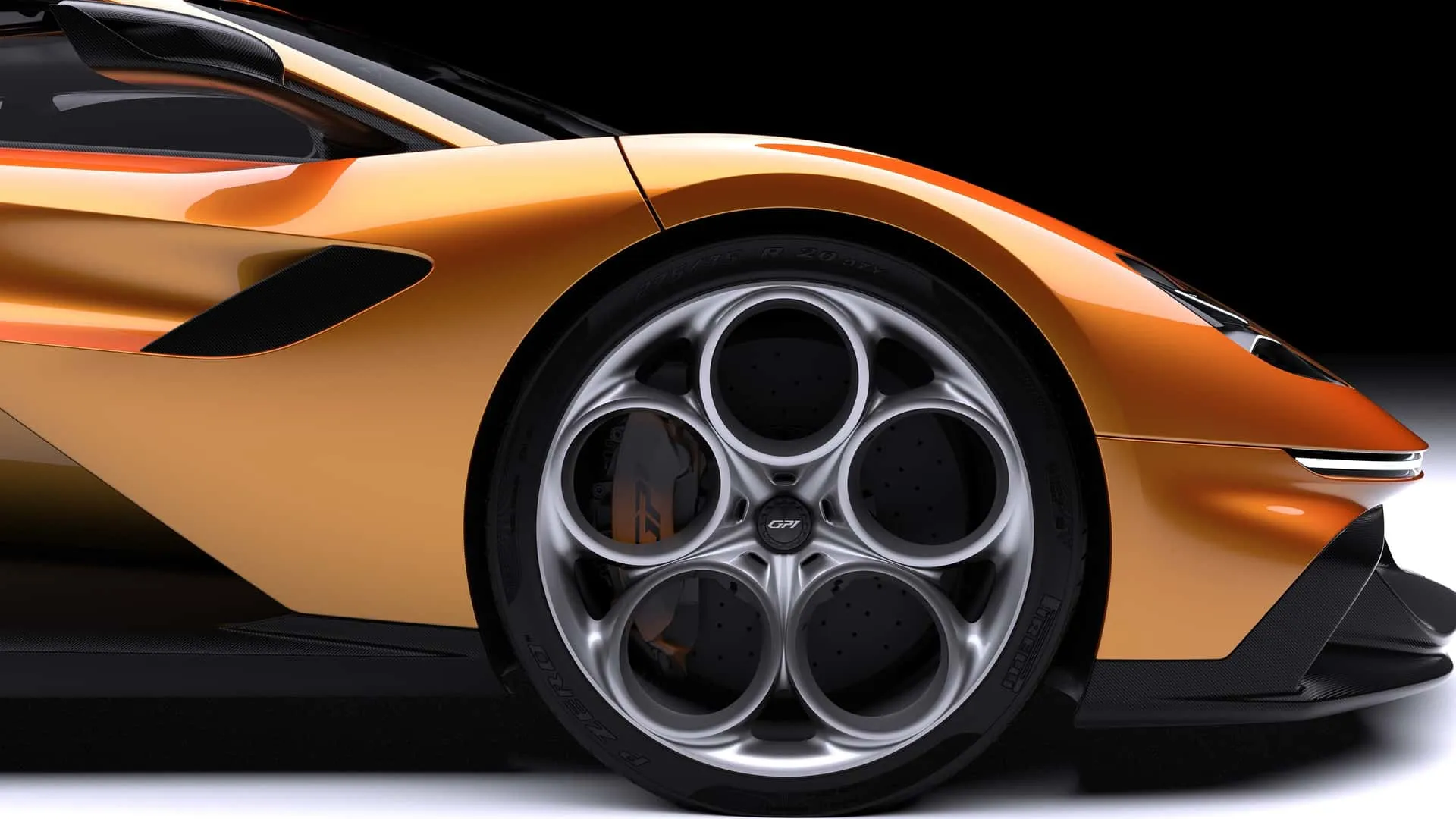
FAQ — questions I’d also have
- Is it a track or road car? The goal is road homologation, but the hardware breathes track. Think track days, not boring daily driving.
- Will it have any electrification? No. The GP1 is intentionally analog: naturally aspirated V‑12, no turbo or hybrid — pure purismo.
- Who supplies the manual gearbox? Xtrac. A big name in endurance racing and prototypes, focusing on precision and durability.
- What’s the actual weight? Approximately 2,200 pounds (1,000 kg). For a V‑12, that is insanely light.
- Why so expensive? Custom engineering, tiny production run, top-tier suppliers, and automotive craftsmanship. Scale here is zero.
And since we’re discussing alternative routes to “all electric,” it’s worth remembering that the debate remains heated: some electric models crush numbers, like the cited U9, but they don’t deliver the same mechanical heart that’s addictive. In the end, these are different proposals for different audiences.
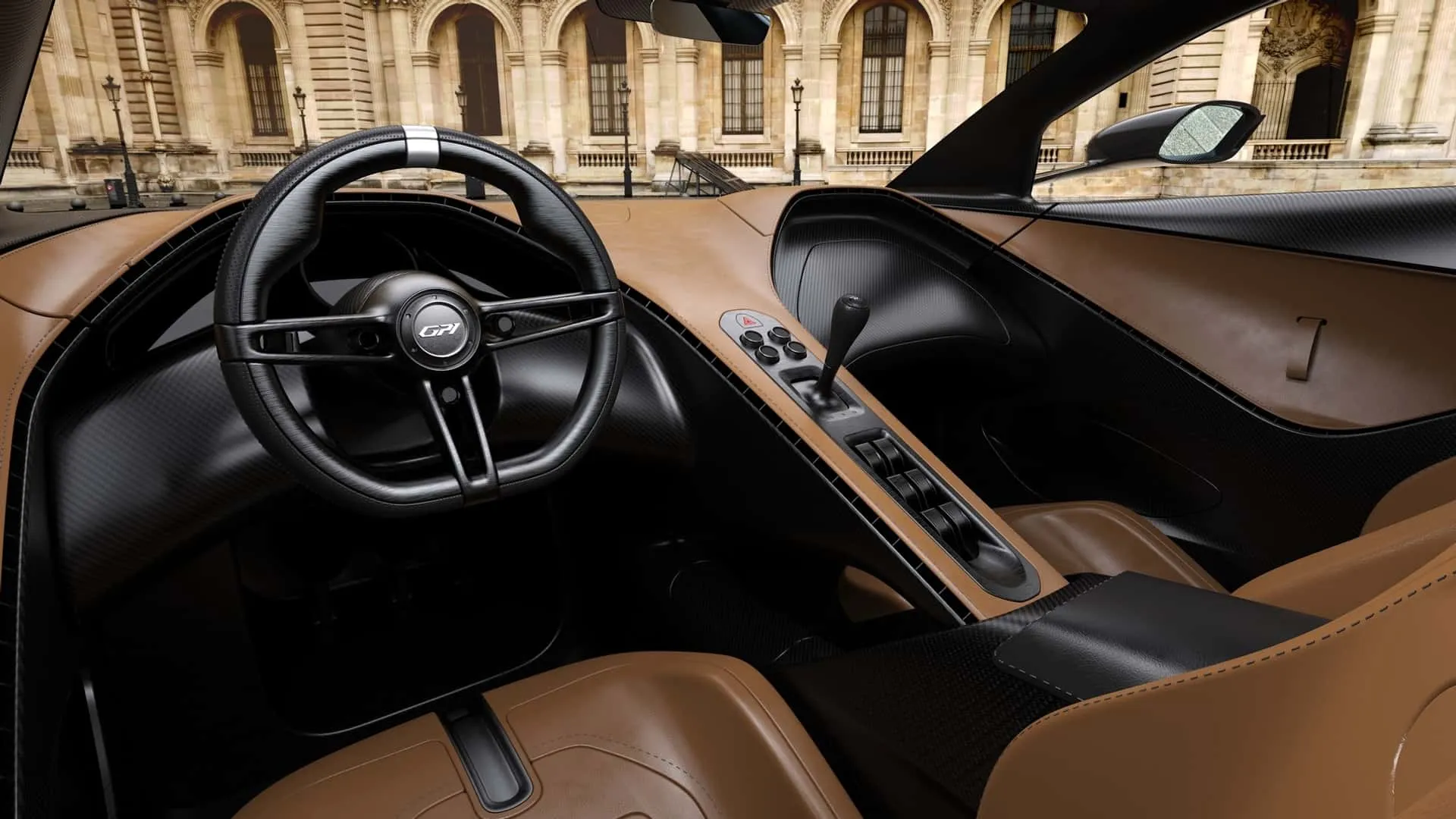
Competitive landscape perspectives (quick reading shortcuts)
- Number-crunching electric
- Light and sharp hybrid
- Artisanal ICE with tactile focus
If you appreciate that last school, the GP1 aligns with other works of “analog resistance,” including finely tuned V6s like the Emira — different paths, same philosophy: driver first.
My take? The GP1 isn’t trying to be the fastest in every scenario. It wants to be the most memorable to drive. And, damn, that’s worth gold. The final touch — pedal modulation, lever movement, brake progressivity — will separate the sublime from the “just good.” If it delivers even half of what it promises, it will become a cult piece.
Did you like the purist concept of the GP1? Comment below: would you spend $3.3 million on a manual V‑12, or do you prefer a clock-killing electric?





Author: Fabio Isidoro
Founder and editor-in-chief of Canal Carro, he dedicates himself to exploring the automotive universe with depth and passion. A car and technology enthusiast, he produces technical content and in-depth analyses of national and international vehicles, combining quality information with a critical eye for the public.

